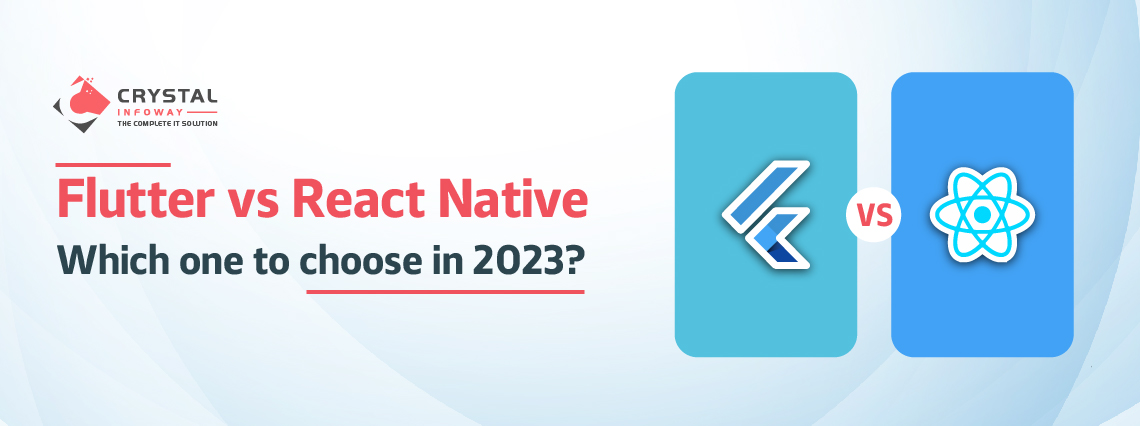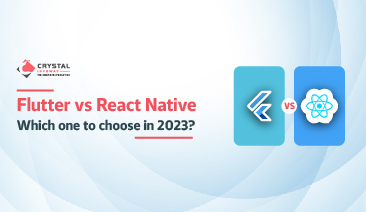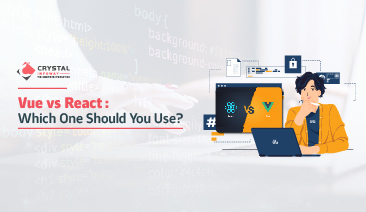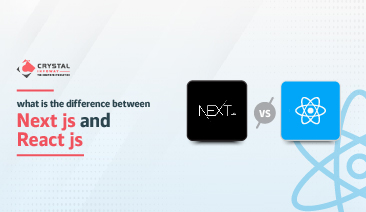
Request a Call Back
Enter your contact details and one of our friendly team member will be in touch soon!.

Enter your contact details and one of our friendly team member will be in touch soon!.

Flutter and React Native are two of the most popular mobile development frameworks. Both of them offer cross-platform app development, allowing developers to write code that can be used on both Android and IOS devices. Flutter is a relatively new framework developed by Google while React Native is an open-source project created by Facebook.
Comparing these two technologies, Flutter offers better UI/UX design features with its powerful widget set and advanced rendering capabilities. On the other hand, React Native provides scalability as it uses Java Script which has a large community support base and also allows developers to leverage web technology for native mobile development. Moreover, some features like navigation components make it easy to use React Native in larger projects or teams compared to Flutter which doesn’t have such built-in tools yet.
Flutter is the perfect solution for cross-platform development as it allows developers to write code once and deploy it on both Android and IOS devices. It also offers fast development cycles and a hot reload feature which helps in reducing the amount of time taken for development. Additionally, Flutter comes with an advanced set of widgets that offer superior UI/UX design features when compared to other mobile frameworks.
Furthermore, its performance is top-notch due to its nature as a compiled language which makes it more flexible than most other platforms available today. Also, since Flutter uses the Dart language, developers can easily learn this platform without having prior knowledge about native languages like Swift or Kotlin. All these factors make Flutter a great choice for developing high-quality mobile applications quickly and efficiently.
React Native is highly scalable as it uses Java Script which allows developers to easily scale up their applications for use on multiple platforms. Additionally, due to its wide adoption by both large and small organizations, React Native has a large community of developers who can provide support and resources when needed. Furthermore, with web support provided by React Native libraries such as React-Native-Webview, developers can leverage web technologies like HTML5 and CSS3 while developing mobile apps without sacrificing performance or quality.
The ability to create hybrid mobile applications using the same code base makes this platform even more attractive among mobile app development companies. Finally, since React Native is open source it also provides an opportunity for businesses to get involved in the development process so that they can customize the application according to their own needs while still being able to benefit from the many existing features offered by this platform.
When it comes to features that should be considered before choosing one of these two frameworks, the development cost and time are important factors. Flutter is a relatively new framework which means its learning curve can be steeper compared to React Native’s JavaScript-based environment. As such, developers who are familiar with Java Script may require less time and effort to develop apps using React Native than those developing with Flutter. Additionally, since web support is available in React Native applications, there is an opportunity for developers to save costs by reusing existing code from their web projects while still maintaining performance on mobile devices.
Another factor that needs to be taken into account when selecting between these two technologies is app size. Apps built with Flutter trend to have smaller file sizes due to their compiled nature whereas React Native apps may be larger as they rely heavily on external libraries and packages for additional features or functionality. Developers must consider this if their goal is developing lightweight applications as the size can play an important role in user experience and download times over cellular networks.
Finally, both frameworks come with extensive documentation which can make it easier for novice or experienced developers alike when starting a project or looking up specific technical information related to either platform. This makes it easier for any developer regardless of skill level or background to get started quickly without having too much trouble understanding the fundamentals of either technology
when it comes to choosing between Flutter and React Native in 2023, developers should consider the cost and time associated with development as well as important features such as app size. Flutter is a great choice for cross-platform development with its powerful widget set and advanced rendering capabilities while React Native provides scalability due to its JavaScript-based environment along with web support which can save costs when reusing existing web code.
Moreover, both frameworks come with extensive documentation making them accessible to developers of any skill level or background. Ultimately, the best technology for any particular project depends on factors such as budget, timeline, and requirements which must be assessed before making a decision.


Introduction Flutter and React Native a...
Read More

Introduction ReactJS and NextJS are two...
Read More